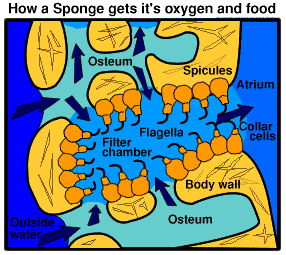

But not all soils are equally susceptible to compaction, nor will all soil types require mechanical loosening of the soil prior to tree replanting. For example, in forest operations, soils may be compacted on landings, where logs are stored and loaded onto trucks by heavy machinery. Understanding the impacts of land management on soil physical properties can help us develop alternative practices for managing soils in a variety of ecosystems (forest, agriculture, urban). Soil strength is influenced by soil texture and water content, and determines the susceptibility of a soil to slope failure and compaction. Soil thermal properties regulate soil temperature with depth and determine how quickly (or slowly) a soil warms up in the spring.

Soil aeration and gas exchange govern CO 2 emissions from the soil and O 2 availability for plants. Many soil nutrients are transported in the soil as solutes in soil solution. Understanding soil water retention and soil water movement is crucial in determining water availability for plants and soil organisms, infiltration and drainage, runoff and erosion. Soil texture, structure and bulk density reflect how soil mineral and organic particles combine to form the soil matrix and pore spaces. Soil physics is the study of the solid, liquid and gaseous phases of soils, and their interactions. Explain the effect of soil water on soil consistency.Outline soil thermal properties and factors influencing soil temperature and heat flow.List the main mechanisms of solute transport in soils and their relevance for plants.



 0 kommentar(er)
0 kommentar(er)
